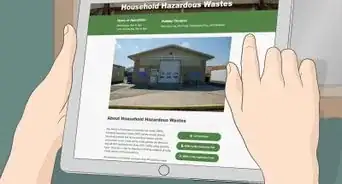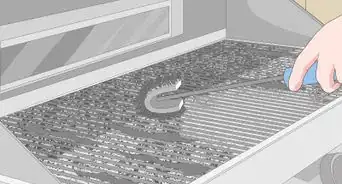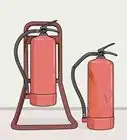This article was co-authored by wikiHow Staff. Our trained team of editors and researchers validate articles for accuracy and comprehensiveness. wikiHow's Content Management Team carefully monitors the work from our editorial staff to ensure that each article is backed by trusted research and meets our high quality standards.
There are 15 references cited in this article, which can be found at the bottom of the page.
This article has been viewed 33,362 times.
Learn more...
Making your home more fireproof is a good idea for anyone. However, it's a particularly good idea if you live in an area prone to wildfires. If you're building a new home, you can take steps to build with materials that will slow down fires. If you're looking to make your current home more fireproof, you can reduce fire sources in your home to help protect your home from in-house fires.
Steps
Building with Fire-Resistant Materials
-
1Create a fireproof barrier. One way to protect your home from fire is to create a border around your house that is essentially fireproof. Gravel and concrete on the ground help create a break line, such as driveways and patios. You can also use small, fire-retardant plants that grow close to the ground.[1]
- Some fire-resistant plants include California lilac, ornamental strawberry, yellow ice plant, French lavender, and California Fuchsia. Look for plants that are low-resin and high in moisture content.[2]
- Try to make a break of 100 feet around your home. This area should be composed of concrete and spaced-out plants (use mulch).[3] Focus especially on any area that moves uphill towards your house, as that's where fire is most likely to strike.
- Clear around other structures, too, such as sheds, making sure to clean out the undergrowth.
-
2Make sure firetrucks can access your home. If a firetruck can't get to your home, firefighters can't put the fire out. A firetruck needs a solid road to get your house, including your driveway, so you need to ensure that even your driveway is solid enough to sustain a firetruck. It also helps to have a good place to turn the truck around. In addition, think about anything that blocks access, such as a gate. It's best to leave access open if you're in a fire-prone area.Advertisement
-
3Try a fireproof design. Many old materials, such as wood, burn more quickly. However, you can find many designs that are more fire resistant. For instance, some houses use concrete panels that have foam in the middle, which are much more fire resistant.[4]
-
4Use fireproof materials for your roof and siding. While the main material you build with is in important, you also need to pay attention to the materials you use for your roof and siding. For instance, you can use tile, metal, and even concrete on your roof or brick, stucco, or stone for siding.[5]
- If you must have a wood roof, make sure the shingles have been painted with a fire-resistant treatment.
-
5Frame your windows in metal. Many houses use wooden window frames, but that can be a way for fire to enter your house. Instead, use metal frames, which are more flame resistant. Having double-paned glass can also help.[6]
-
6Skip wood decks. Because wood is a cheap building material, it's often used for decks. However, that can be a way for a fire to attach to your home. Instead, try tile, concrete, brick, or stone for deck, which are more fire resistant.[7]
Hardening Your Home
-
1Remove debris from your roof and gutters. Embers from a fire can travel a long ways, as much as a mile. They can land on your roof. If you have debris up there, it can catch on fire, even if your roof is made of flame-resistant materials. Cleaning out your gutters regularly is a good idea.[8]
- Also, have your chimney cleaned once a year to check for soot buildup.
-
2Check the overhead power lines. If you have power lines above your home or nearby, you need to check to make sure they won't be brought down by tree limbs. All tree limbs should be kept trimmed back from the power line.
- Look for limbs that hang above your power lines or that are starting to grow between the power lines. Most power companies will come and trim the trees for you.
-
3De-clutter your home. The more stuff you have in your home, the easier it is for a fire to spread. Go through your house, and make sure you're only keeping the stuff that is useful to you, whether for a utilitarian purpose or for design purposes. For instance, if you have clothes you haven't worn in a year, it's time to toss or donate them.[9]
-
4Take out candles. Candles can be a fire hazard, as they can be knocked over. The flame can also spread to nearby fabrics or something could fall on top of it. Instead, try using oil diffusers, such as bamboo sticks, or even opt for a wax-warming system. Electrical sources can also cause fires, but they're generally more safe than open flames.[10]
-
5Clean out your dryer lint. Every time you do the laundry, try to clean out your dryer lint. Dryer lint is one of the leading causes of fires in the home. Therefore, make sure you clean it out regularly, at least every four to six loads.[11]
-
6Practice safety when it comes to plugs. If you're constantly tripping the breaker or blowing a fuse, you either have something wrong with your electrical system or you are overloading your outlet. Try putting less on that outlet, and if you still have a problem, you need to call an electrician.[12]
- Bad electrical systems can lead to fires.
- Also, don't run cords under rugs.[13]
-
7Replace any suspect appliances. If a lamp or other electronic appliance sparks, makes funny noises, or smells funny, it's best to replace it. Faulty appliances could lead to fires in your home, as they could send out sparks that start a fire.[14]
-
8Check for a safe distance. Light bulbs in lamps and nightlights can get hot enough to set things on fire, particularly fabric. Make sure nothing is too close to the bulb part of a lamp, particularly things like drapes or bed sheets.[15]
-
9Use furnishings made from natural materials. Modern furnishings are made from synthetic materials, which are derived from petrochemicals. These furnishings, once ignited, burn rapidly and release toxic fumes. Furnishings made from natural materials burn more slowly and do not release toxic fumes.
-
10Practice safety with space heaters. Space heaters, particularly the older kind with open heating elements, can be dangerous. Keep anything flammable well away from a heater, and make sure that the heater is not in a place where it could be knocked over by a pet or child.[16]
Implementing Safety Features
-
1Install fire alarms. Smoke alarms cut your family's risk of dying in a fire by half. You should have one in every bedroom, as well as one on each floor of your house. Place the detectors high on the wall or on the ceiling, as the smoke will rise to them.[17]
-
2Check fire alarms regularly. You should check your fire alarms twice a year to make sure they're working. If they're not, you'll need to change the battery. If you have a fire alarm connected to your electrical system, you may need to call an electrician to get it fixed.[18]
-
3Have a fire extinguisher on hand. If you don't already, make sure to keep at least one fire extinguisher in your house. A good place to keep one is in the kitchen, as that is where many fires start. Make sure it is handy and accessible to everyone in the house and that everyone who is old enough knows how to use it.[19]
- You should also have a fire extinguisher on each floor if you have a multi-story home.[20]
-
4Have a plan. Before a fire ever happens, you should know the best ways to get out of your house. Try to have at least two ways to get out of every room. Also, check to make sure your escape routes are viable. For instance, you may not be able to get out of a window if it doesn't open.[21]
- Also, make a designated meeting spot for your family, such as the mailbox, when there's an emergency like a fire.
-
5Put a fire ladder in each adult's bedroom. Fire ladders, made of a material like aluminum, can help you escape in case of a fire from a second-story window. Adults should operate fire ladders, so put them in rooms accessible by adults who can help children out.[22]
Community Q&A
-
QuestionWhat is a mitigation technology that can help wildfires?
 AnimersCommunity AnswerSatellites, drones, robots and fire fighting vehicles are technologies that help monitor and mitigate wildfires.
AnimersCommunity AnswerSatellites, drones, robots and fire fighting vehicles are technologies that help monitor and mitigate wildfires.
References
- ↑ http://www.energy-design-tools.aud.ucla.edu/FIRES.html
- ↑ https://www.readyforwildfire.org/prepare-for-wildfire/get-ready/fire-resistant-landscaping/
- ↑ http://www.sunset.com/home/architecture-design/fireproof-home/fireproof-landscaping
- ↑ http://www.sunset.com/home/architecture-design/fireproof-home
- ↑ https://www.thisoldhouse.com/ideas/how-to-build-fireproof-home
- ↑ http://www.sunset.com/home/architecture-design/fireproof-home/fireproof-windows
- ↑ http://www.sunset.com/home/architecture-design/fireproof-home/fireproof-decks
- ↑ http://www.sunset.com/home/architecture-design/fireproof-home/fireproof-roof
- ↑ https://www.firesciencedegree.com/12-simple-ways-to-fireproof-your-home-for-summer/
- ↑ https://www.firesciencedegree.com/12-simple-ways-to-fireproof-your-home-for-summer/
- ↑ https://www.firesciencedegree.com/12-simple-ways-to-fireproof-your-home-for-summer/
- ↑ https://www.firesciencedegree.com/12-simple-ways-to-fireproof-your-home-for-summer/
- ↑ http://kidshealth.org/en/parents/fire.html
- ↑ http://kidshealth.org/en/parents/fire.html
- ↑ http://kidshealth.org/en/parents/fire.html
- ↑ http://kidshealth.org/en/parents/fire.html#
- ↑ http://kidshealth.org/en/parents/fire.html#
- ↑ https://www.firesciencedegree.com/12-simple-ways-to-fireproof-your-home-for-summer/
- ↑ https://www.firesciencedegree.com/12-simple-ways-to-fireproof-your-home-for-summer/
- ↑ http://kidshealth.org/en/parents/fire.html#
- ↑ http://kidshealth.org/en/parents/fire.html#
- ↑ http://kidshealth.org/en/parents/fire.html#

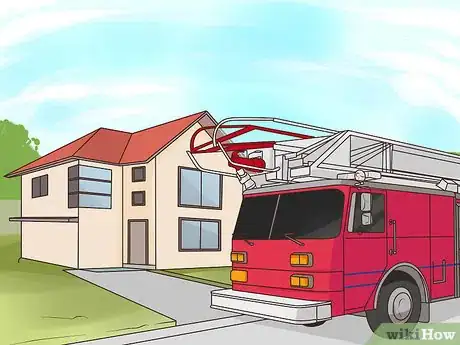
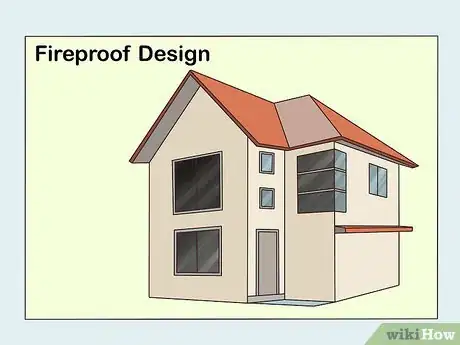
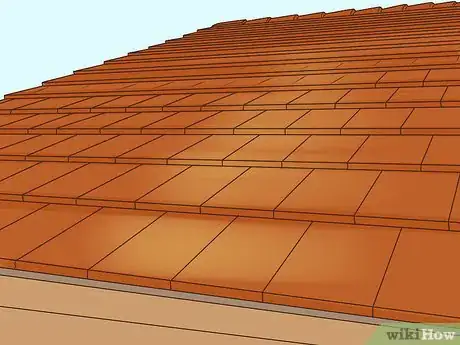
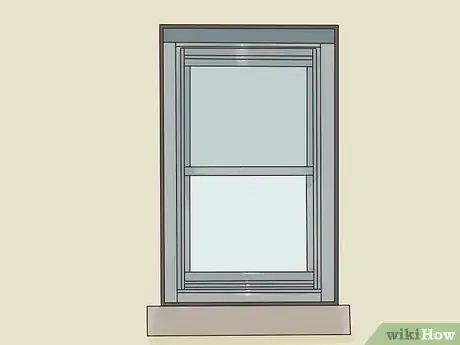
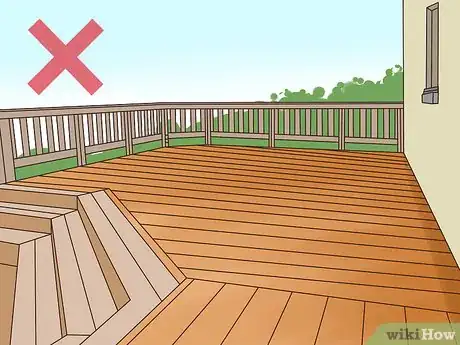
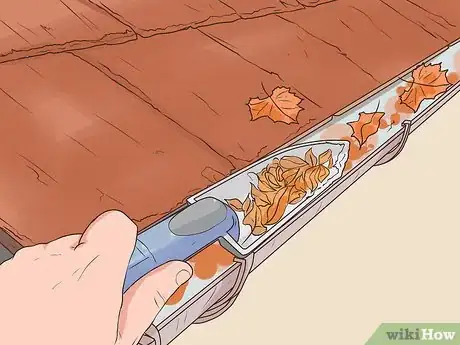
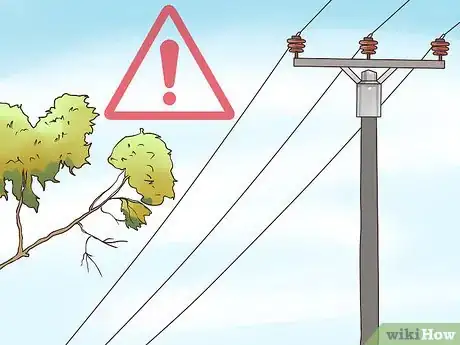

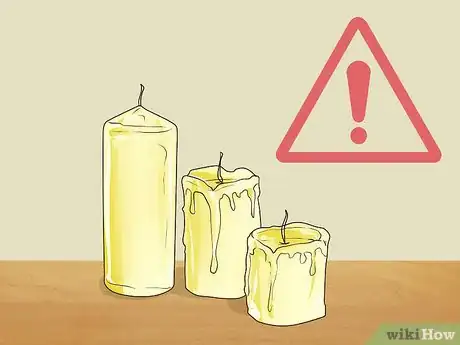
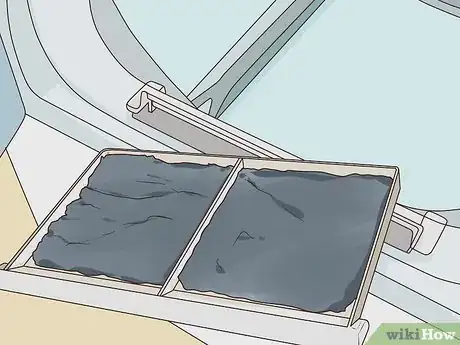
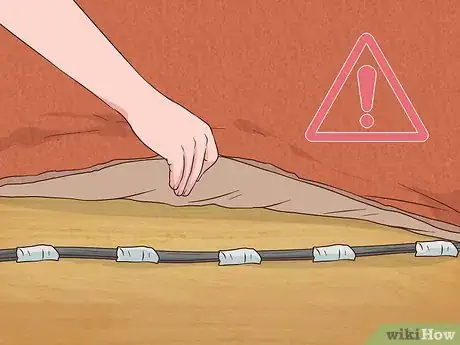

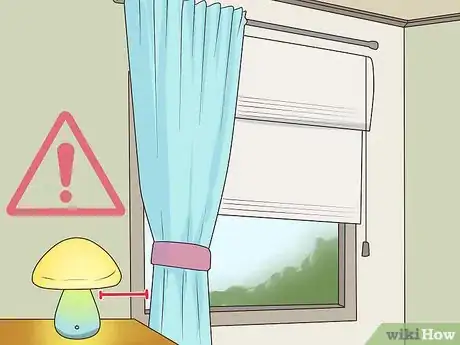
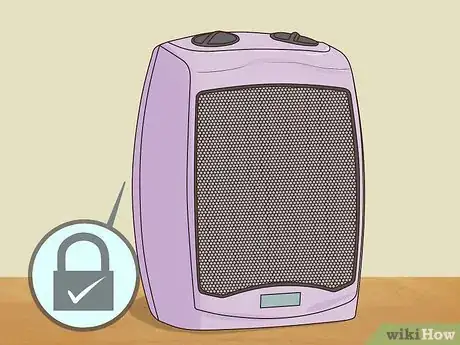
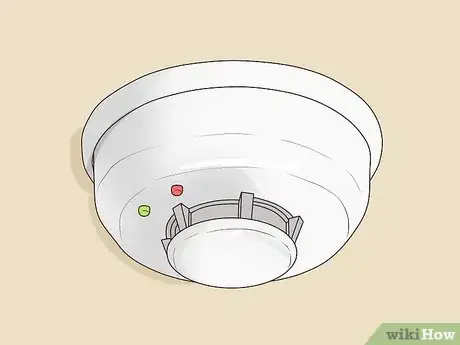
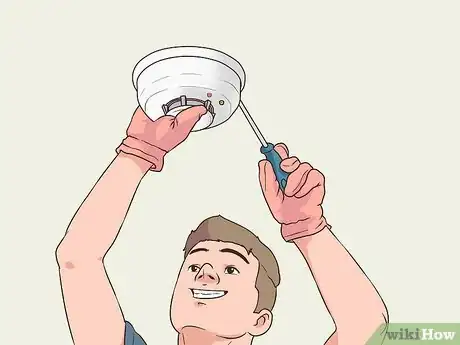



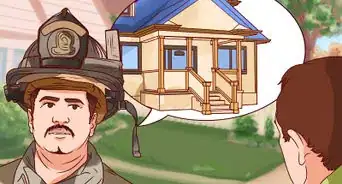


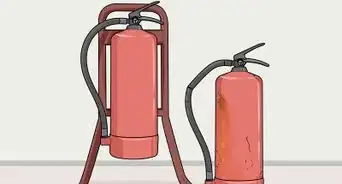





-Step-11-Version-2.webp)
